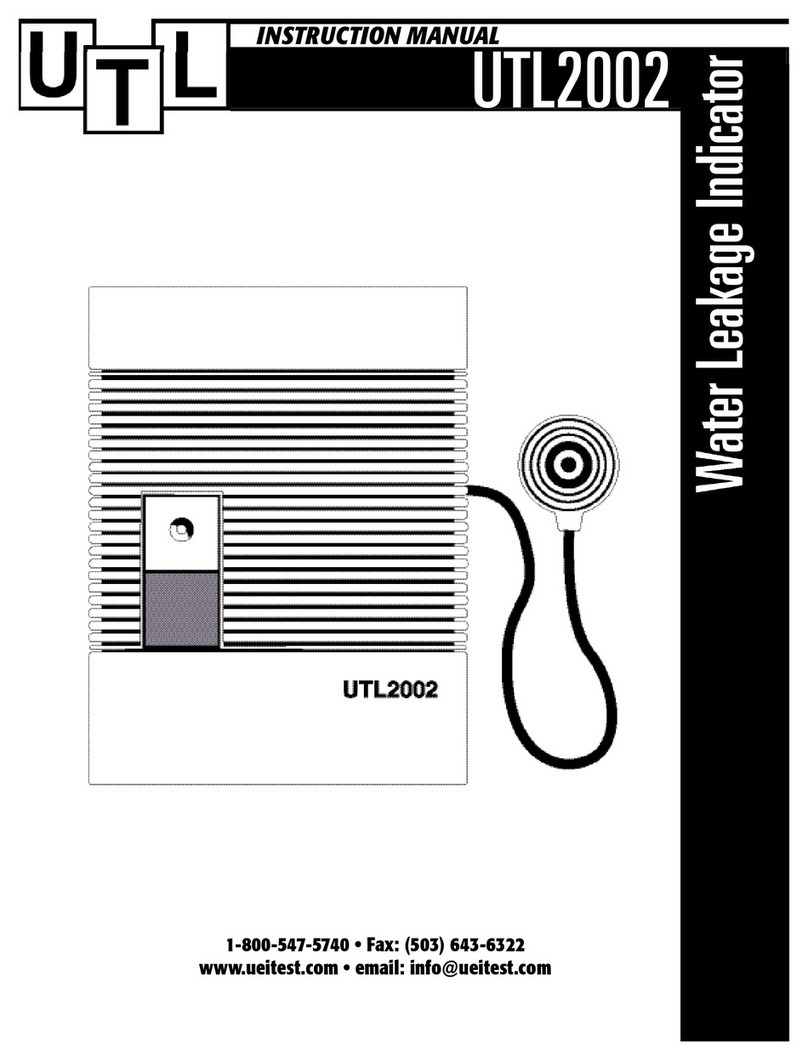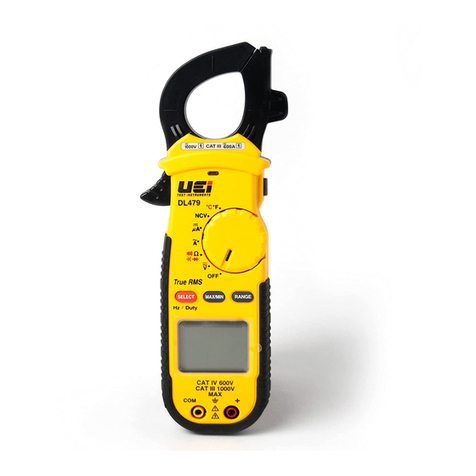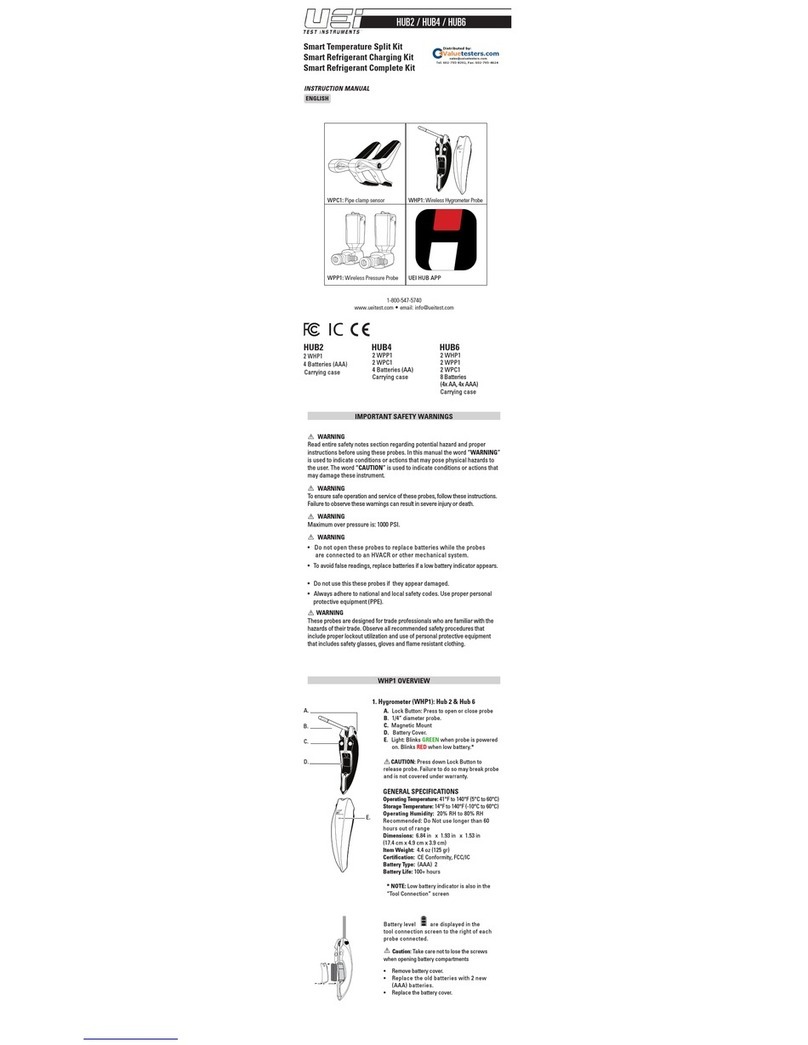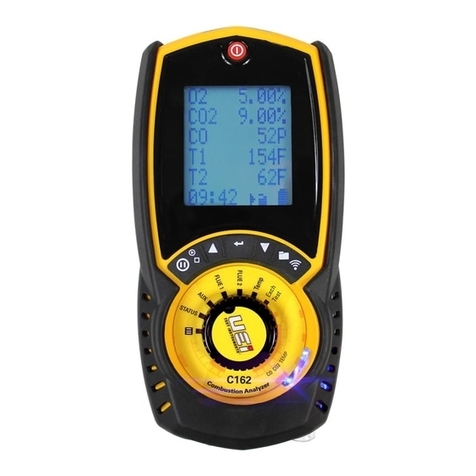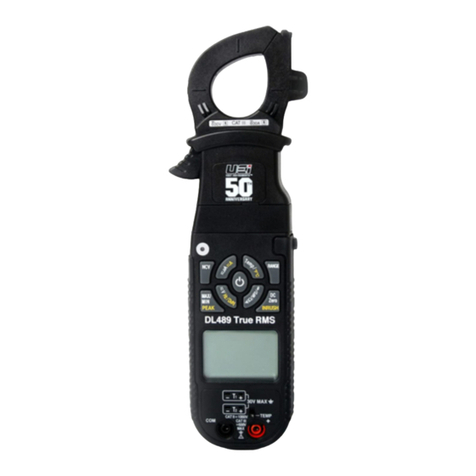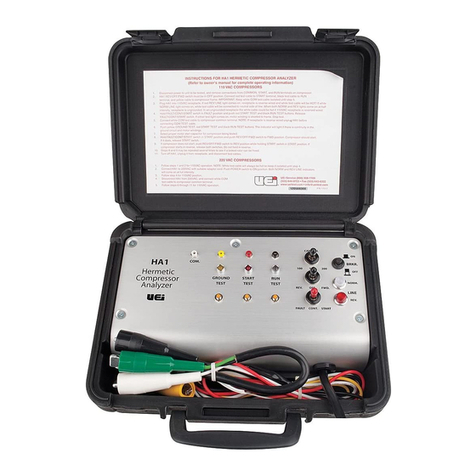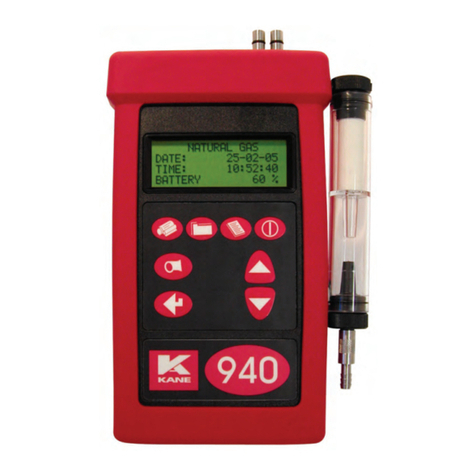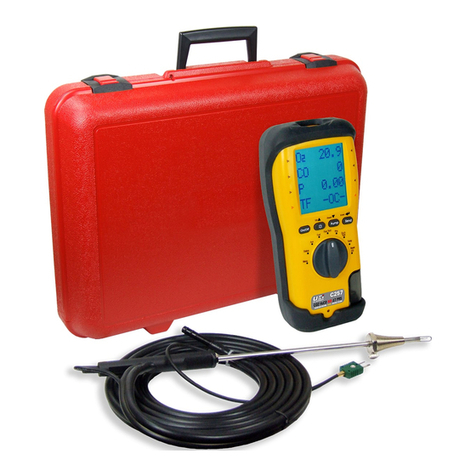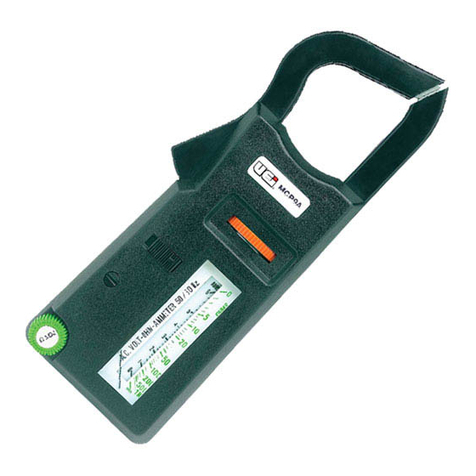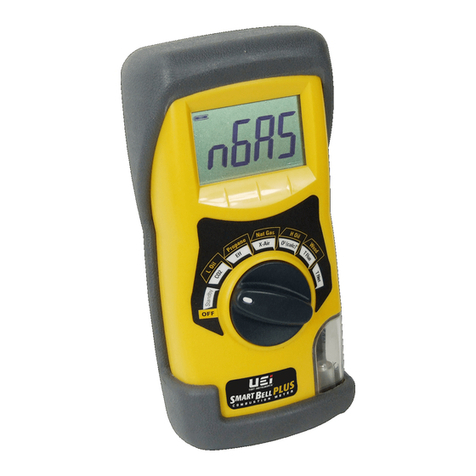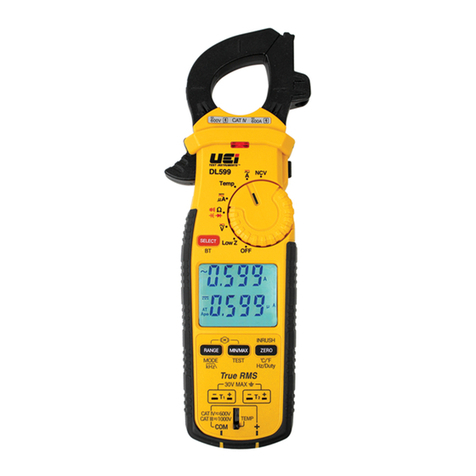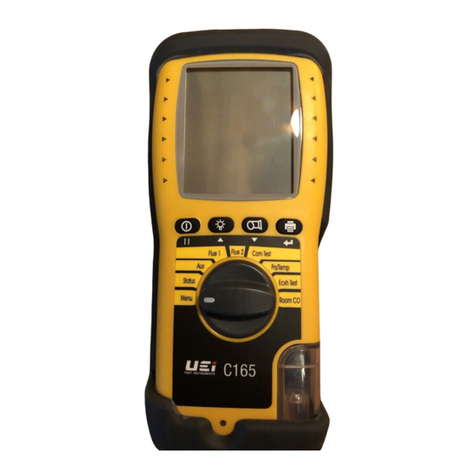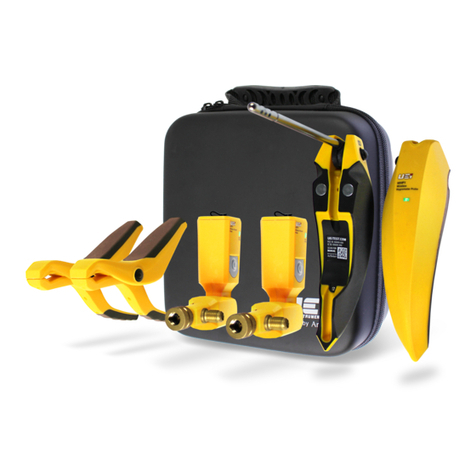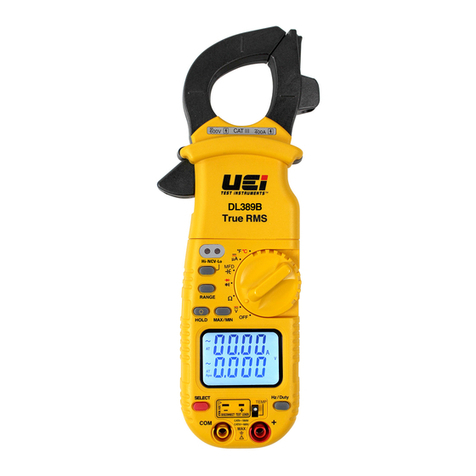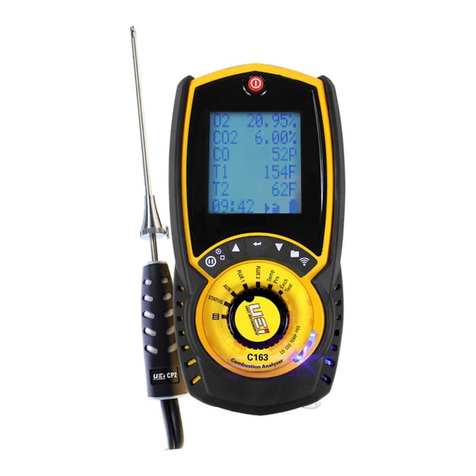Since there are many electrical products in use that pre-date this
Directive and may emit electromagnetic radiation in excess of the
standards defined in the Directive there may be occasions where it
would be appropriate to check the analyzer prior to use. The following
procedure should be adopted.
•Go through the normal start up sequence in the location where the
equipment is to be used
•Switch on all localized electrical equipment that might be capable
of causing interference
•Check that all readings are as expected (a level of disturbance in
the readings is acceptable)
•If not, adjust the position of the instrument to minimize
interference or switch off, if possible, the offending equipment for
the duration of the test
At the time of writing this manual (July 200) Kane International Ltd is not
aware of any field based situation where such interference has ever occurred
and this advice is only given to satisfy the requirements of the Directive.
S p e c i f i c a t i o n s
*1Using dry gases at STP
*2Calculated
*C75 only
C50/C75-MAN P. 7
Parameter Resolution Accuracy Range
Temp Measurement
Flue temperature 1.0˚ F/C ±5˚F (2.0˚C) 32 - 1112˚F
±0.3% reading 0 - 600˚C
Inlet temperature 1˚ F/C ±1˚ F/C 32 - 212˚F
±0.3% reading 0 - 100˚C
Temp (Nett)*2 1.0˚ F/C ±5˚F (2˚C) 32 - 1112˚F
±0.3% reading 0 - 600˚C
Gas Measurement
Oxygen 0.1% ±0.2%*1 0 - 21%
*Carbon Monoxide 1 ppm ±10 ppm <100 ppm*1 0 - 1000 ppm
±5% reading
Carbon Dioxide*2 0.1% ±0.3% reading 0 - 30%
Efficiency*2 0.1% ±1.0% reading 0 - 99.9%
Excess Air*2 0.1% ±0.2% 0 - 250%
Pre-programmed fuels Natural gas, Light Oil, Propane, Butane, LPG
Dimensions
Weight 1 kg. / 2.2 lb.
Handset 200mm/7.9” x 45mm/1.8” x 90mm/3.5”
Probe (L) 300mm/7.9” x (Dia) 6mm/0.25” with 200mm/7.8”
long stainless steel shaft, type K thermocouple and
3m/6ft long neoprene hose
Ambient operating +32˚ - 104˚F (0˚ - 40˚C)
10% to 90% RH non-condensing
Battery life 4 “AA” cells
range >8 hours using Alkaline “AA” cells
AC adapter (optional) Input: 110 V AC / 220 V AC nominal
Output: 10 V AC off load
Annual Re-Calibration
While the sensor has an expected life of more than two years in
normal use it is recommended that the analyzer is re-calibrated at least
annually, This is so that long-term drift on the sensor and electronics
can be eliminated. local regulations may require more frequent
re-calibration and users should check with appropriate authorities to
ensure the comply with relevant guidelines.
Tro u b l e s h o o t i n g
The following is a list of problems that may occur on the instrument
through its operating life. If the cause of the fault is not easy to
identify then we advise you to contact UEi Technical Support line at
(800) 547-5740.
E l e c t r omagnetic Compatibility (EMC)
This product has been tested for compliance with the following
generic standards:
EN 50081-1,EN 50082-1
and is certified to be compliant.
The European Council Directive 89/336/EEC requires that electronic
equipment does not generate electromagnetic disturbances that exceed
defined levels and has an adequate level of immunity to enable it to be
operated as intended.
Fault Symptom Causes
• Oxygen too high Air leaking into probe, tubing, water trap,
• CO2too lowconnectors or internal to instrument
Oxygen cell needs replacing
• Oxygen error “----” Instrument has been stored in a cold environment
• CO sensor error “----” and is not at normal working temperature
Oxygen cell or CO sensor needs replacing
• Display flashes Display “HOLD” is activated
B a t t e rylevel is low
• CO is displayed as COm Units selected for CO are mg/M3
•Analyzer not runningon AC charger not givingcorrect output
mains adapter
•Analyzer does not Particle filer blocked
respond to flue gas Probe or tubing blocked
Pump not working or damaged with contaminant's
•Net temperature or Inlet (or ambient) temperature set wrong during
e f f i c i e n cyc alcula tion automatic cali bra tion
inc orre c t Incorrect efficiency type selected (net vs. gross)
• Flue temperature readings Te m p e rature plug reversed in socket
errat i c Fau lty connection or break in cable or plug
• X-Air, EFF, COa or CO 2 Oxygen reading is above 18%
display (----)
• Meter just continually Turn dial back to “MENU” and press “ENTER” .
bee ps












